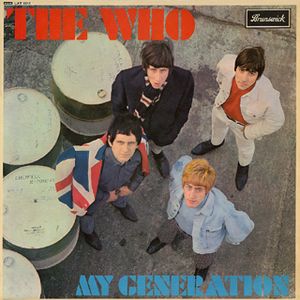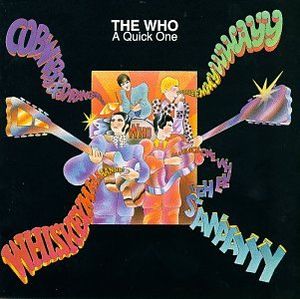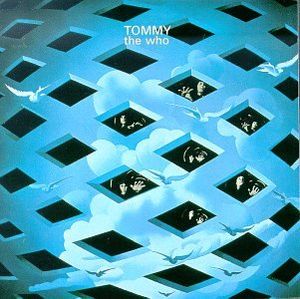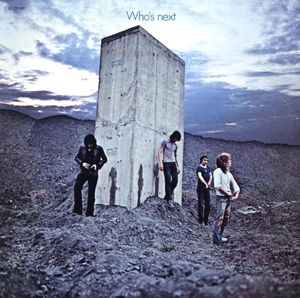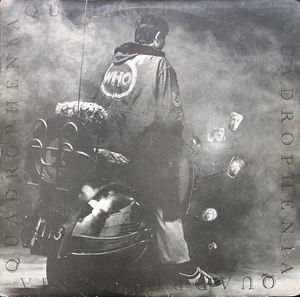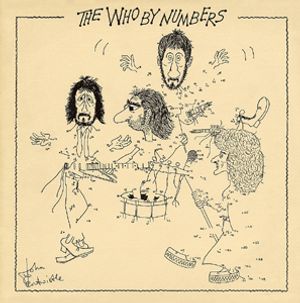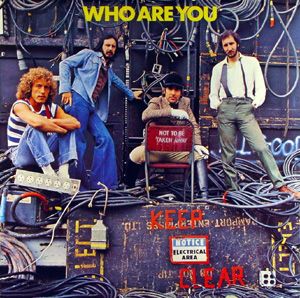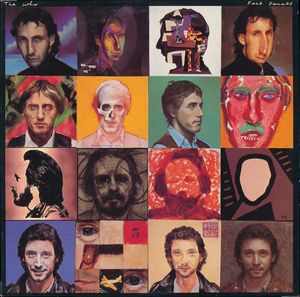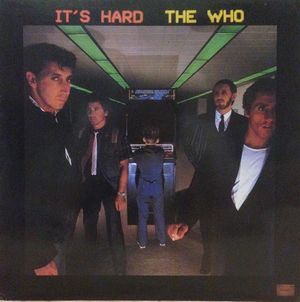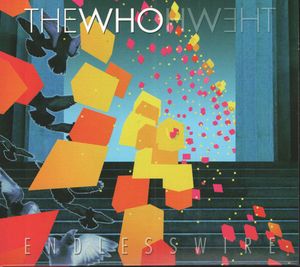
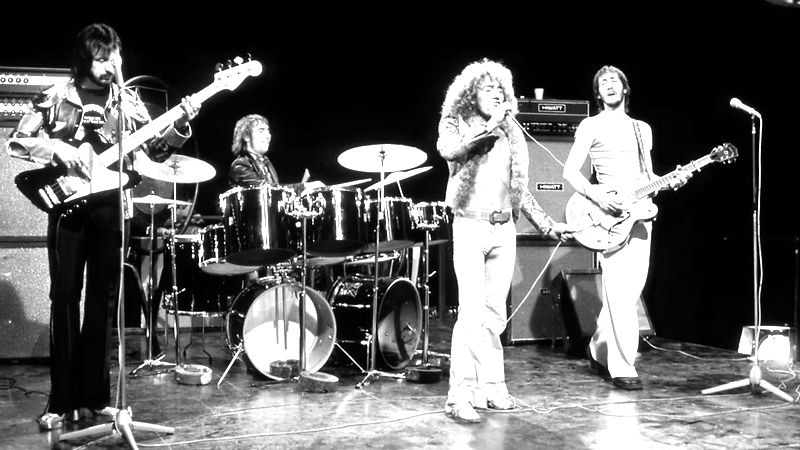
Follow Your Favorite Band Today!
Top The Who Community Posts
Band Timeline
Formation of The Who
Breakthrough and Early Hits
Monterey Pop Festival and Continued Success
Release of Tommy and Expanding Influence
Live at Leeds and Woodstock Performance
Who's Next and Musical Evolution
Release of Quadrophenia
Tommy Film and The Who by Numbers
Death of Keith Moon and Who Are You
Quadrophenia Film and The Kids Are Alright Documentary
Face Dances Album and Continued Touring
Release of It's Hard and Band Split
Live Aid Reunion
25th Anniversary Tour and Simon Phillips on Drums
Quadrophenia Tour with Zak Starkey
Full-time Reunion
Death of John Entwistle and Continuation
Release of Endless Wire and Return to Recording
Release of Who Album and Moving On! Tour
Albums
Story of The Who
The Who: A Rock & Roll Revolution
The Who, born from the ashes of the Detours in London's bustling 1964, exploded onto the music scene like a sonic boom. Their classic lineup - the powerhouse vocals of Roger Daltrey, the innovative guitar wizardry of Pete Townshend, the thunderous bass of John Entwistle, and the explosive drumming of Keith Moon - forever changed the landscape of rock music.
These four lads weren't just musicians; they were pioneers. They pushed the boundaries of sound with the iconic Marshall stack, mammoth PA systems, and pioneering use of synthesizers. Entwistle's bass lines were a rhythmic force to be reckoned with, while Moon's drumming was a chaotic, unpredictable storm. Townshend, with his groundbreaking feedback and power chords, redefined the role of the guitar.
The Who were more than just loud; they were a cultural phenomenon. Embracing the pop art and mod movements, they turned their stage into a canvas of auto-destructive art, smashing instruments with a raw energy that captivated audiences.
Their influence extends far beyond the stage. Their early hits, from the rebellious "I Can't Explain" to the anthemic "My Generation" and the defiant "Substitute," defined a generation. They wowed the world at Monterey Pop, and their 1969 masterpiece, "Tommy," redefined the concept album with its groundbreaking rock opera and the enduring hit "Pinball Wizard."
Their legacy is etched in rock & roll history. The Who, inducted into the Rock and Roll Hall of Fame in 1990, remain a cornerstone of the genre, inspiring countless hard rock, punk, power pop, and mod bands for generations to come. They were, and continue to be, the sound of a generation.
Bands you may like
More Hard Rock Bands
Explore Hard RockDiscover more bands in the Hard Rock genre and explore the diverse sounds that define this musical style.
Browse All Hard Rock BandsMore Bands from United Kingdom
Explore United KingdomDiscover the rich musical heritage of United Kingdom and explore bands that represent the country's unique sound and culture.
Browse All United Kingdom Bands
